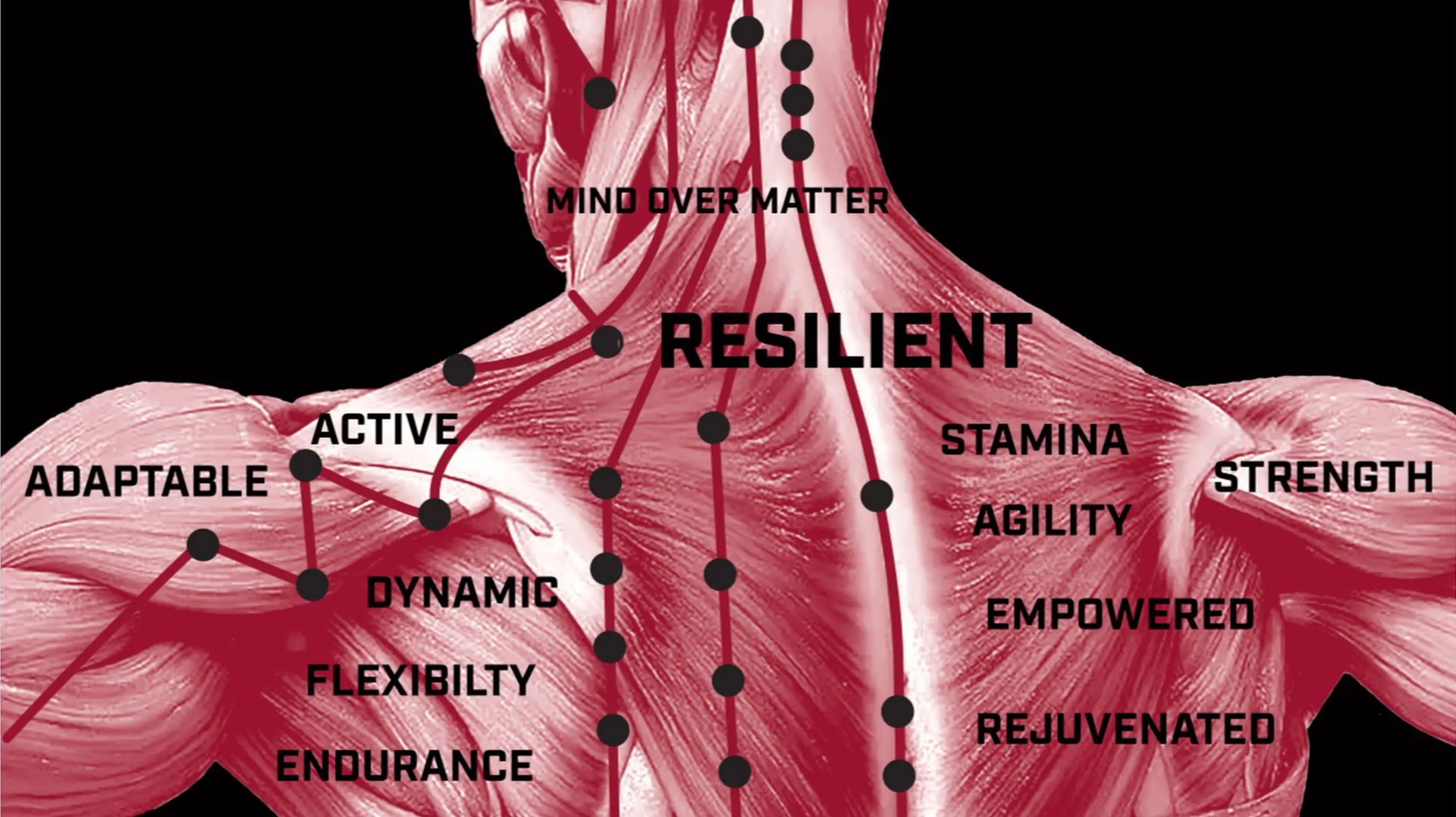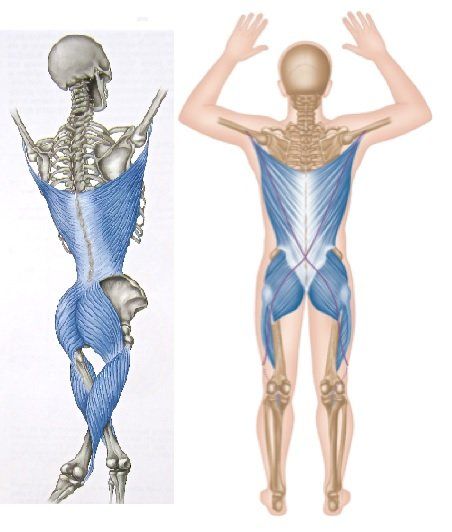The Role of Functional Range Conditioning in Modern Pain Management
In an age where pain has become a common adversary, finding innovative and effective methods of management is more crucial than ever. Functional Range Conditioning (FRC), a system of joint health and mobility training, stands out as a beacon of hope. This technique not only promises to alleviate pain but also to enhance our body's functional mobility, making every movement more efficient and pain-free. Dive into the world of FRC and discover how it's reshaping modern pain management strategies.

Understanding Functional Range Conditioning
Functional Range Conditioning, or FRC, is not your typical fitness fad. Developed on the bedrock of scientific principles, it focuses on expanding the range of motion, enhancing mobility, and increasing joint strength. At its core, FRC seeks to develop functional mobility, which is the ability to move our joints and muscles through their full range safely and effectively. This nuanced approach goes beyond conventional stretching; it's about teaching your body to control the spaces it occupies.
The beauty of FRC lies in its adaptability. It doesn't matter if you're a seasoned athlete or someone just starting to pay attention to physical health—FRC concepts can be incorporated into any routine. The approach uses controlled movements to decrease injury risk and increase your body's ability to perform everyday tasks with ease and efficiency. Imagine bending, reaching, or twisting without the twinge of pain you've grown accustomed to — that's the power of FRC.
The Science Behind Functional Range Conditioning
At its heart, the science behind Functional Range Conditioning is centered on the concepts of mobility and neuroplasticity. Mobility, in this context, isn't just about the distance your joints can travel, but also about strength and control within that range. FRC trains your body to safely move through its full range of motion, a concept referred to as creating 'usable mobility'. Neuroplasticity, on the other hand, describes how practice and training can change how the brain communicates with muscles, effectively rewiring our movements for efficiency and safety.
Research supports that consistent use of FRC principles can lead to improvements in joint health, mobility, and even pain reduction. The method's effectiveness lies in its emphasis on active, rather than passive, stretching and strengthening techniques. This active engagement promotes healthy cartilage and increases synovial fluid within the joints, which is essential for lubrication and nutrient transport, directly impacting our ability to move without pain.
How Functional Range Conditioning Aids in Pain Management
One of the most compelling aspects of Functional Range Conditioning is its application in pain management. By targeting the root causes of discomfort—be it lack of mobility, weak joint muscles, or poor movement patterns—FRC provides a blueprint for not just managing, but overcoming pain. It's more than temporary relief; it's about creating a foundation for lasting bodily health.
For individuals suffering from chronic conditions such as arthritis or back pain, FRC can act as a bridge to recovery. It does so by carefully increasing the body's capacity for movement without straining the affected areas. Over time, this rehabilitative approach not only diminishes pain but actively works to prevent its recurrence, offering a ray of hope to those who've felt trapped in a cycle of discomfort.
Integrating FRC into pain management strategies allows for a personalized approach. Each body is unique, and so too should be the pathway to pain relief. Exercises are tailored to meet the individual's specific needs, ensuring that improvement can be felt both in the short term and sustained in the long run. This customization is key in helping individuals not just adapt to, but overcome their limitations.
Integrating Functional Range Conditioning into Your Routine
Incorporating Functional Range Conditioning into your daily routine doesn’t have to be daunting. It starts with small, intentional movements aimed at increasing joint health and mobility. Whether it's through guided sessions, online tutorials, or under the supervision of a certified FRC professional, beginning your journey towards better mobility is within reach.
Success Stories: Real-Life Applications of Functional Range Conditioning
The true testament to FRC's effectiveness comes from the stories of those whose lives have been changed for the better. From athletes who've found greater performance and resilience, to individuals who've reclaimed their day-to-day lives from the grip of chronic pain, the vast array of success stories is both encouraging and inspiring.
Consider the story of a middle-aged runner who, after years of dealing with recurring knee pain, found relief and returned to racing thanks to the principles of FRC. Or the retired teacher who reclaimed the ability to garden without back pain, a simple joy that had been lost to years of discomfort. These narratives underscore the transformative potential of integrating functional mobility into our lives.
A New Horizon in Pain Management
As we've journeyed through the depths of Functional Range Conditioning, it's clear that its role in pain management is not just significant—it's transformative. FRC equips individuals with the tools needed to not only combat pain but to thrive in their daily lives, with improved mobility, strength, and body awareness. Incorporating these principles into your routine might be the turning point towards a life marked by less pain and greater freedom of movement.









